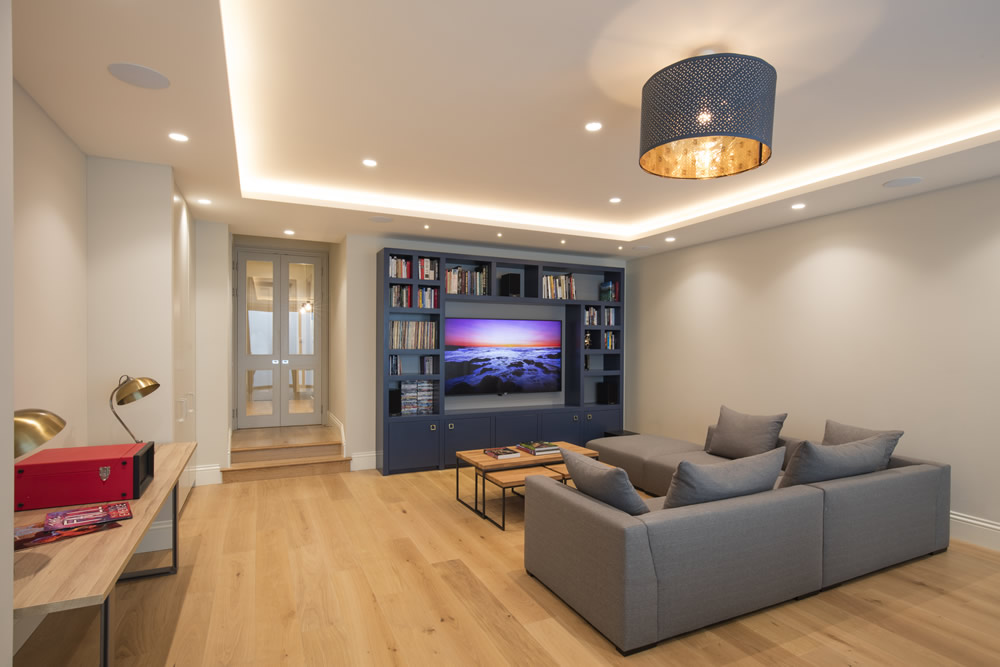It is remarkable how many ideas start amongst Londoners, are derided as mad by the rest of the country, and are then slowly adopted nationwide as the population at large catches on. This is certainly true of the excavation of basements to create extra living space. Whether it is a billionaire in Belgravia wanting a fully-functioning spa and pool or ordinary householders in Hammersmith wanting extra living space, the idea of staying put and digging down shows every sign of spreading.
Huge excavation mirrors what householders are doing
Firstly, the trend has spread to outer London boroughs and outposts of London thinking, such as Brighton. We have recently seen Hounslow, to the west of Heathrow, deciding on the mother of all excavations – a below-ground project that dwarfs what a mere billionaire can think up. A company has just been granted planning permission to excavate the largest below-ground space in the UK. What is brilliant about this news is that the above-ground space will not be a luxury housing estate; instead, it will be a new park. The reason for the excavation is not housing space; instead, there is about £50m of gravel underneath the surface of the land.
Interestingly, the designer of the Hounslow project designs luxury houses, some of which include tunnels to parts of the estate. You obviously can’t build on the green belt, but there are all kinds of projects that suddenly become feasible if you can successfully go underneath it.
Londoners doing the same with their gardens
Many people working on designs with their London basement company are well aware of the possibilities already; however, until now, they have not considered doing a similar thing with their garden – digging underneath it to create a living space that combines the space under both the house and the garden and then putting the garden back over the top.
Even people who have already dug into their basement are now considering new work to excavate the garden and integrate the two living spaces. Many terraced London houses have a ‘side return’, which is a space between the side of the house and the wall shared with the house next door. In the past, these areas have often been given a glass roof and bricked in at one end to provide dining space or a study area; now, people are revisiting these earlier conversions. If you are digging down into the basement, you can build across the space below ground if you remove the side return conversion at ground floor level. This means you will have natural light in your basement.
Flat-dwellers with ground-floor flats and gardens are also beginning to look at the possibilities; however, of course, they will have to make sure that they own their garden outright.
One thing is certain – they are not making any more London, yet more and more people want to own property there. Building down is definitely here to stay.

